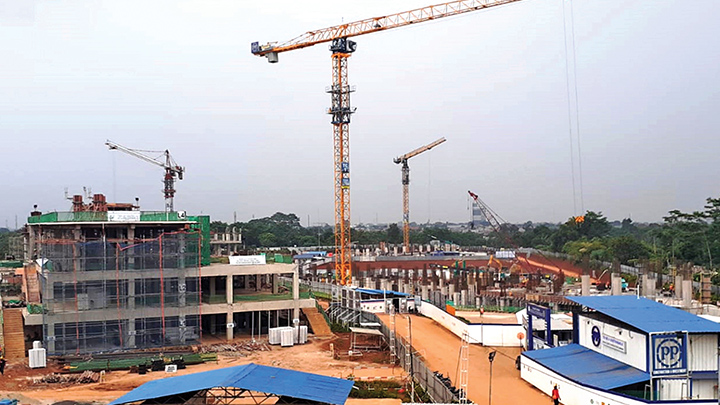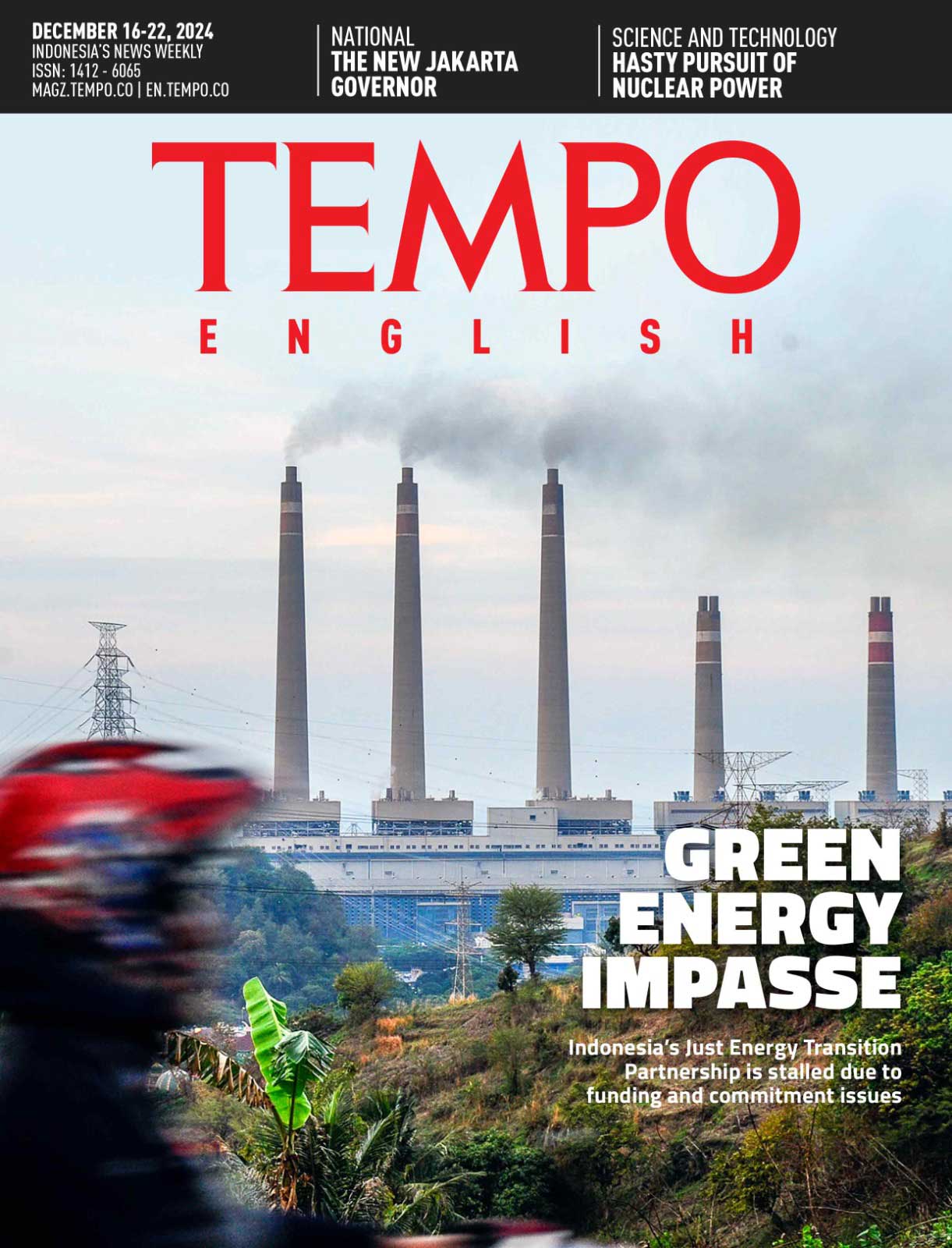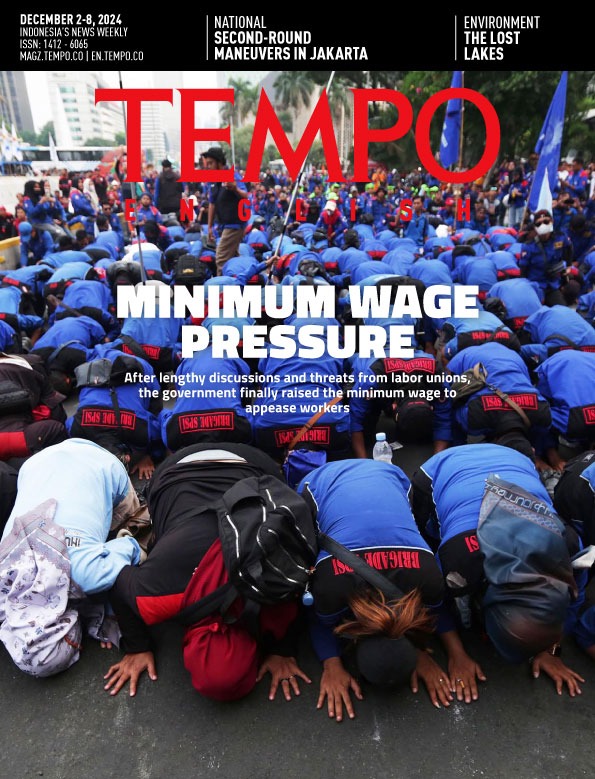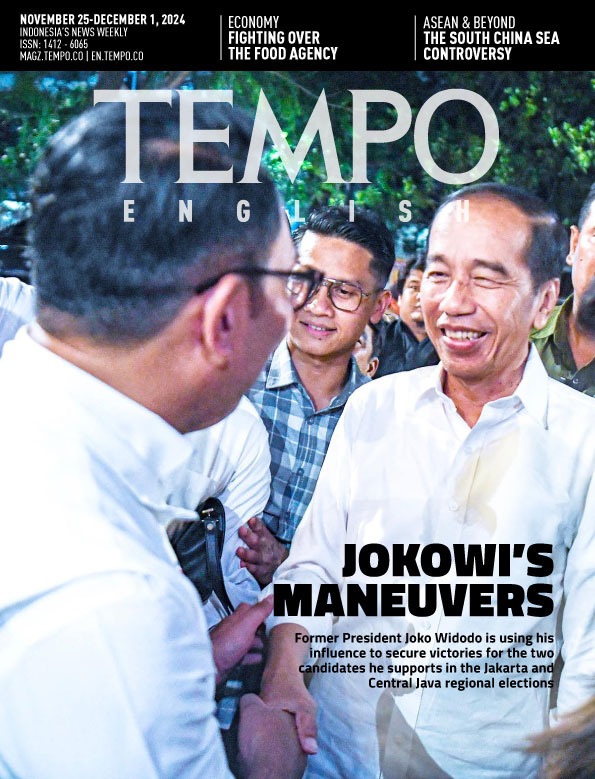Up in the Air for RRI
Monday, June 29, 2020
arsip tempo : 173437389389.

THE seven power generators have holes on every side. Square-shaped and standing some three meters tall, parts of the steel plate cover of the generators box have come off and are nowhere to be found. The machinery’s entire turbine copper coils have also disappeared. “The damages are the result of theft,” said Director of Human Resources of the Public Broadcasting Agency Radio Republik Indonesia (RRI), Nurhanuddin, on Friday, Jun
...
Subscribe to continue reading.
We craft news with stories.
 For the benefits of subscribing to Digital Tempo, See More
For the benefits of subscribing to Digital Tempo, See More








